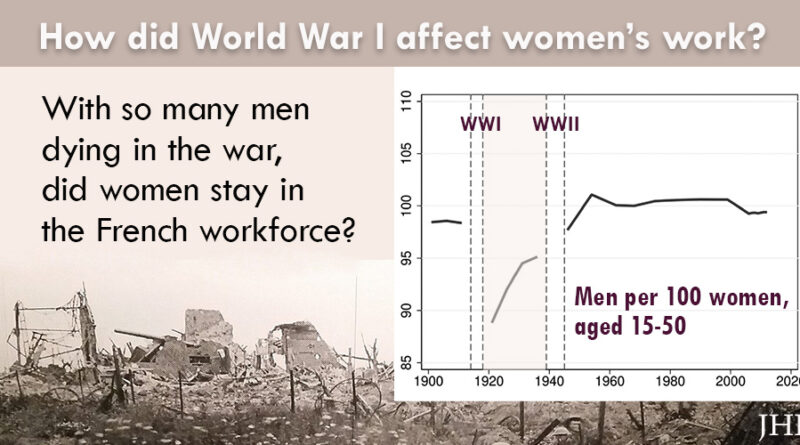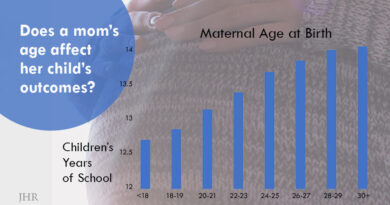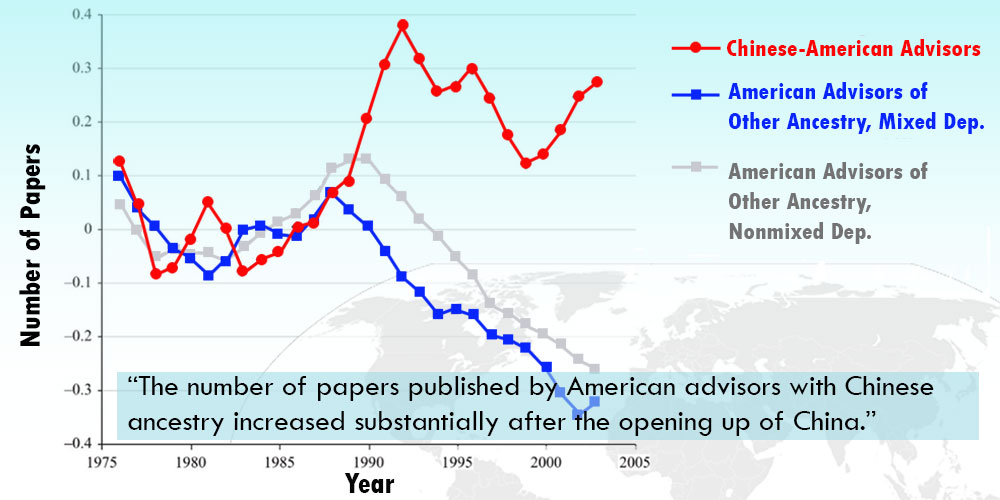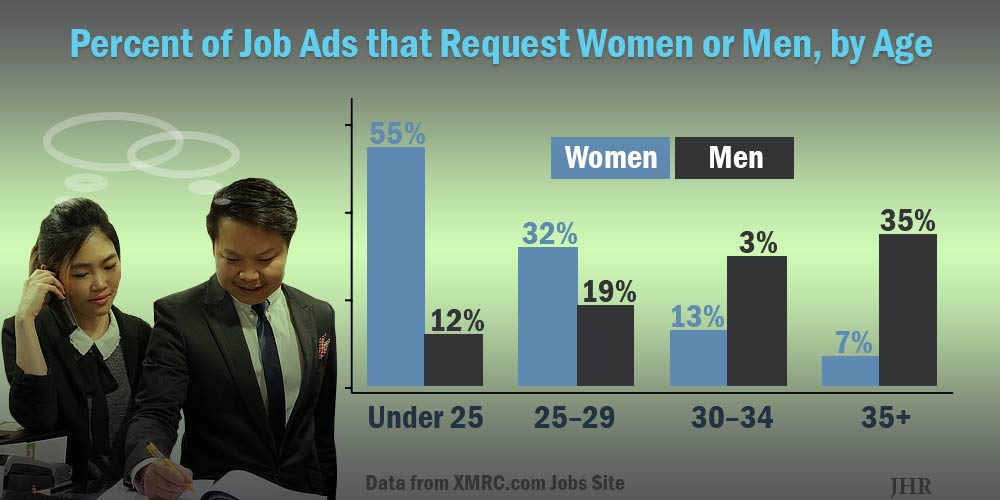French Women in the Workforce and World War I—A Watershed Moment or a Parenthesis?
During World War I, 8 million French men were drafted, and 1.3 million of them died in combat. As a result, it took more than one generation for the country’s sex ratio to recover its natural balance. At the same time, as the first “industrial war” in history, the war effort saw an unprecedented number of women go to work in war industries to substitute for the men on the battle front. Was this period a watershed that permanently transformed the role of women in the French society? Or was it merely a “parenthesis”?
Jörn Boehnke and Victor Gay distinguish two key features of this historical event: the direct implications of female wartime employment and the indirect implications of the demographic shock generated by the war.
To explore the direct implications of female wartime employment they measure the local intensity of female wartime employment with the change in female labor force participation between July 1914 (one month before the war started) and July 1917 (the peak month for female wartime employment). They find that locations that experienced greater increases in female employment during the war did not experience a post-war rise in female labor participation. These findings echo the massive layoff waves female workers suffered when men came back home from the trenches.
They then measure the local intensity of the demographic shock generated by the war by the share of men eligible for the draft who died during the war (16 percent on average). They find that locations that experienced greater military death rates saw a permanent upward shift in female labor force participation rates, especially in the industrial sector. This result was mostly a consequence of increased labor supply by war widows, whose pensions remained dramatically low until the early 1930s. They also find that single women delayed marriage due to the lack of men, which likely induced them to enter the labor force.
So was it a parenthesis? Victor Gay says, “Our study suggests that while female wartime employment was a parenthesis, the demographic effects of the war indirectly made it a watershed event for female labor overall.”
Read the study in the Journal of Human Resources: “The Missing Men: World War I and Female Labor Force Participation,” by Jörn Boehnke and Victor Gay.
***
Jörn Boehnke is at the Graduate School of Management at the University of California, Davis, CA and the Center of Mathematical Sciences and Applications at Harvard University. Victor Gay (@victorgayeco) is at the Toulouse School of Economics and Institute for Advanced Study in Toulouse, University of Toulouse Capitole, Toulouse, France.
The authors gratefully acknowledge funding from the Center of Mathematical Sciences and Applications at Harvard University, from the Social Science Division at the University of Chicago, and from the ANR under grant ANR-17-EURE-0010 (Investissements d’Avenir program).




